My Keyoxide Idendity:
aspe:keyoxide.org:TJXAWXPMSAG6VPARJQRWNB2TPA
- 31 Posts
- 80 Comments

 31·7 days ago
31·7 days agoNo, not for browsers.
Chromium Browsers may be secure, but afaik there was no security audit of Chromium Flatpaks. Their sandbox is highly modified, so one would really make sense.

 5·7 days ago
5·7 days agoI dont use Vivaldi haha, but their installation is so weird that I wanted to fix that.
I use Firefox and since bubblejail has support for firefoxes name on Fedora (bubblejail is strange) I tried it and got memory issues or something, pretty crazy.
I think vivaldi is just as fine as regular Chromium, probably slower patches. A debloated Brave will be better for privacy.

 19·10 days ago
19·10 days agoRust
Before: person
Afterwards: cat person

 25·15 days ago
25·15 days agoNo like the space is so huge that calling it “cinema” is strange.
Not sure if there were other reasons not to go outside of the cars and watch on like ⅒ the space

 157·15 days ago
157·15 days agoCool and all but such a stupid concept. Watching on a phone would make more sense
Edit: regarding screen size. As the screen is so tiny because those fucking cars need so much space. Of course they didnt have OLED 4K 160Hz smartphones back then…

 1·20 days ago
1·20 days agoI checked, -a is append and if that file already exists it would write the stuff to the end of it again.
> is the correct one

 1·20 days ago
1·20 days agohttps://github.com/boredsquirrel/MullvadVPN-Tricks/commit/decdb5e0c66406519f0c83827ab9ee508e8ddce6
Thanks! Not sure why you used tee -a, isnt that append?

 1·23 days ago
1·23 days agoThat is nice, I will update it

 1·27 days ago
1·27 days agoYes me too. I just stream my whole monitor and add black bars to hide unneeded decorations and like my open apps etc.
But I didnt try single apps, is that a Pipewire thing? I do a ton of QGis tutorials and QGis needs to run through XWayland to not break when moving toolbars, afaik.
Like, QGis opens a ton of new windows, not sure if the KDE plasma portal supports capturing them too automatically.

 1·28 days ago
1·28 days agoWell that develop it ;) as an OpenRC user you are a nieche

 1·28 days ago
1·28 days agoSame here, no idea

 31·29 days ago
31·29 days agoYup, still cool :)
What requirement would that be?
I have not used Alma in daily usage.
I think as a “just works” Workstation it is great, based on the giants, and bootc makes it even more stable.
By using EPEL, KDE, or even CentOS Stream and Hyperscale packages (which Meta does in production but I can imagine not everyone wants to do), you get more instability. This could be mitigated with the atomic structure.
Also, instead of full Hyperscale, the COPR
kwizart/kernel-longtermcould be used, which is the more current, official LTS kernel.
Where is the complexity?
A compose file can literally be
FROM quay.io/almalinuxorg/almalinux-bootc:9.4 # Add files from same directory ADD somefile /etc/somefile # Add EPEL repository RUN dnf install -y epel-release # Install KDE Desktop environment RUN dnf groupinstall -y "KDE Plasma Workspaces" # Install flatpak, podman, distrobox, and fish RUN dnf install -y flatpak podman distrobox fish RUN systemctl enable sddmDone, build an ISO, push the images to a registry and you have made your own “distro”. There are at least 3 implementations, on Github, Gitlab and Codeberg, so you can use their individual runners

 2·1 month ago
2·1 month agoMainly for server applications, not for protecing like your .bashrc, your .ssh or .gnupg folder etc.

 9·1 month ago
9·1 month agoThey are using a VM I think, and they will have Wayland compatibility and app launcher integration like ChromeOS I assume, while still giving you terminal access to that OS.
So it will be better than Termux + some distro + some VNC viewer.

 312·1 month ago
312·1 month agoDesktop Linux has nearly no app security. So the VM approach is a malware prevention. Android is the most used OS in the world.




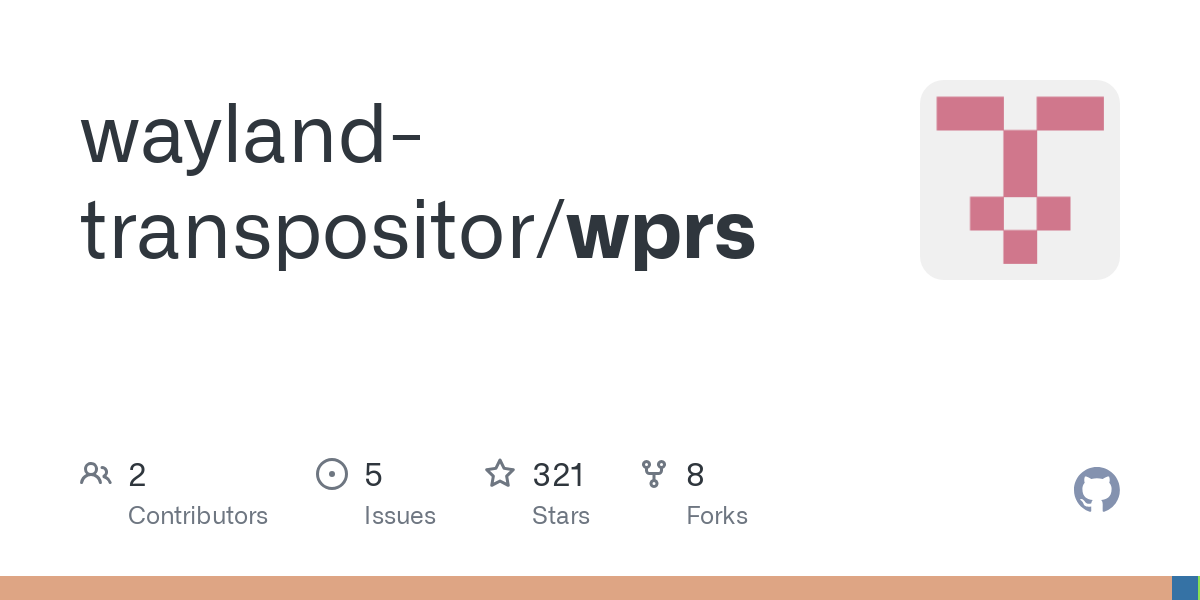
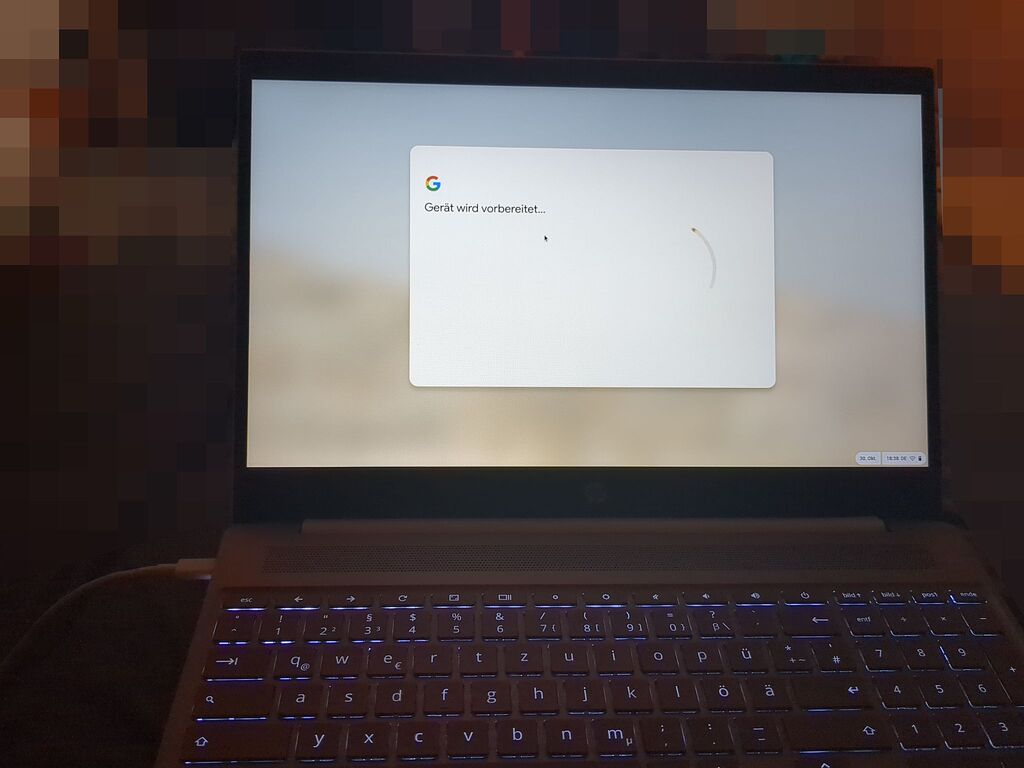

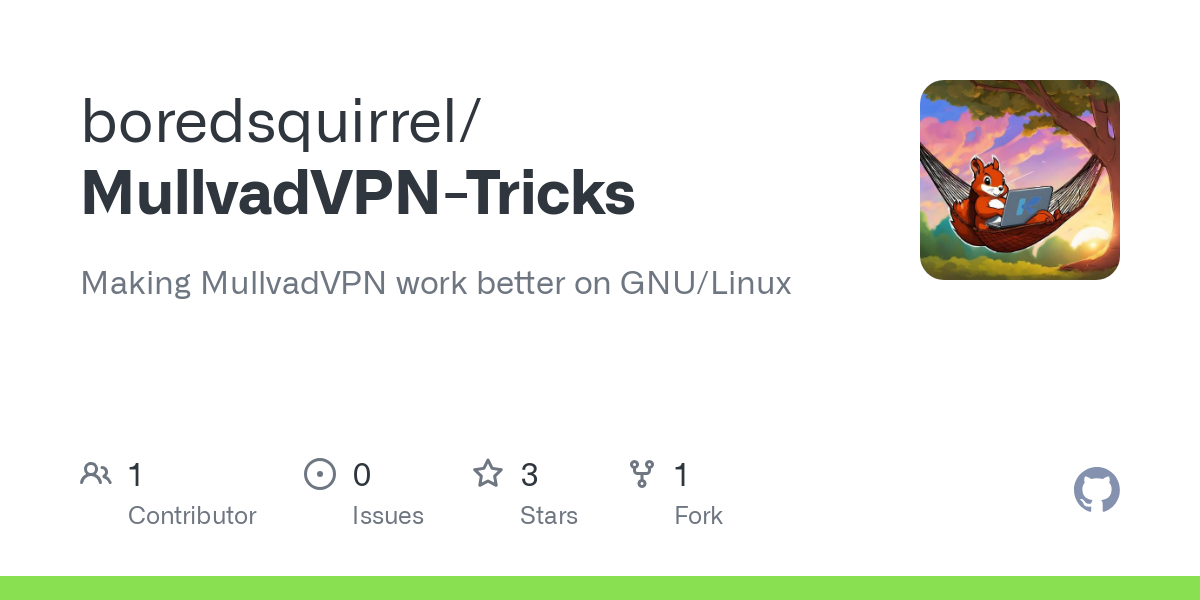

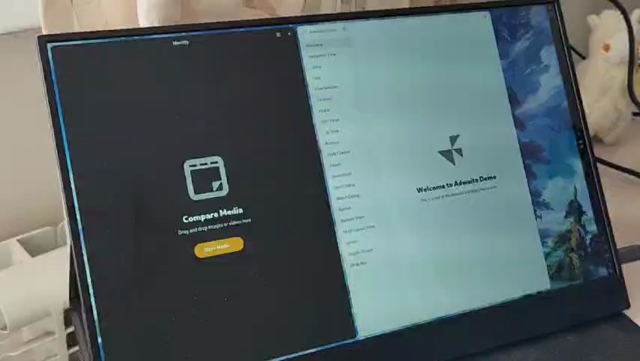
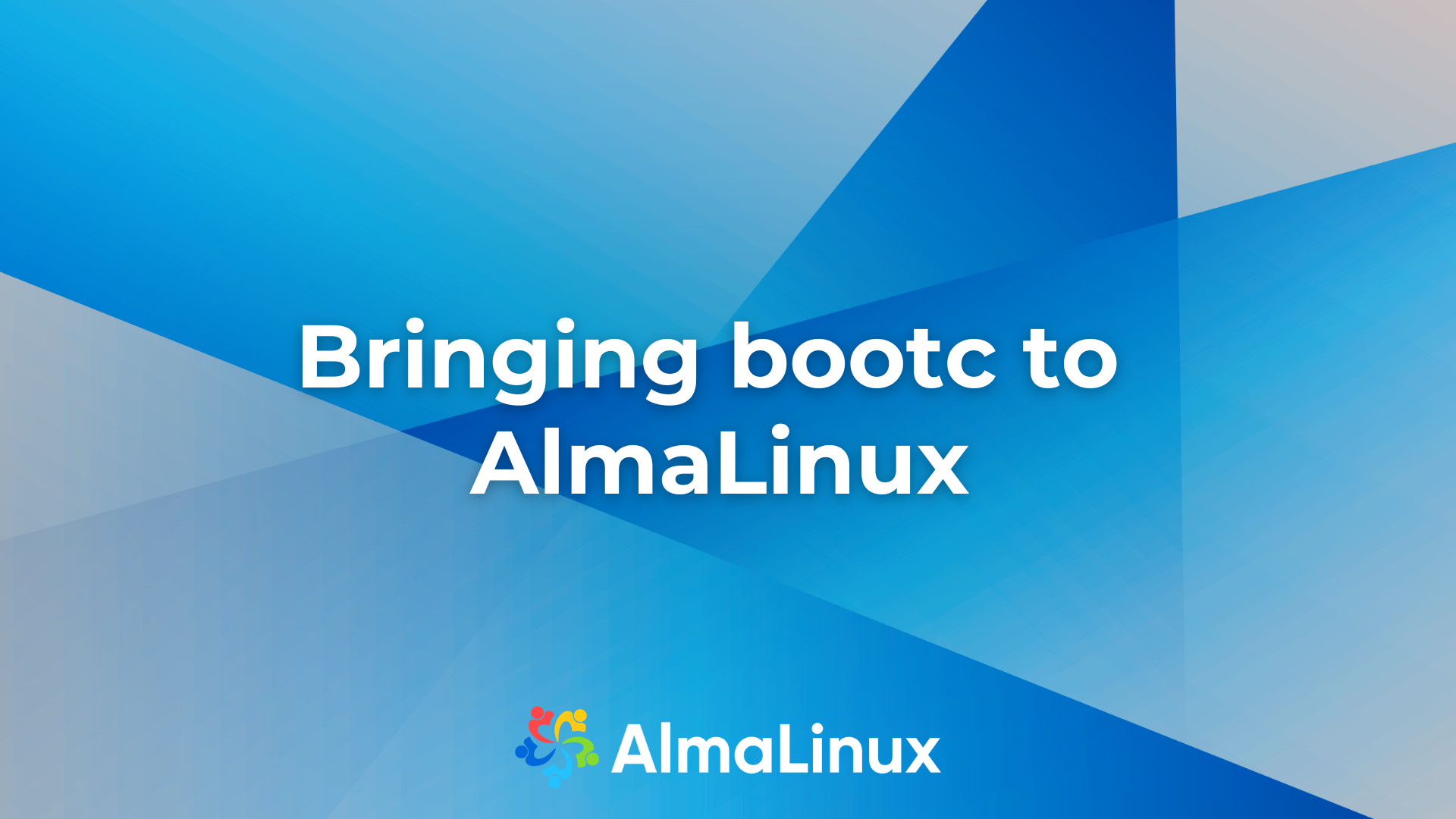
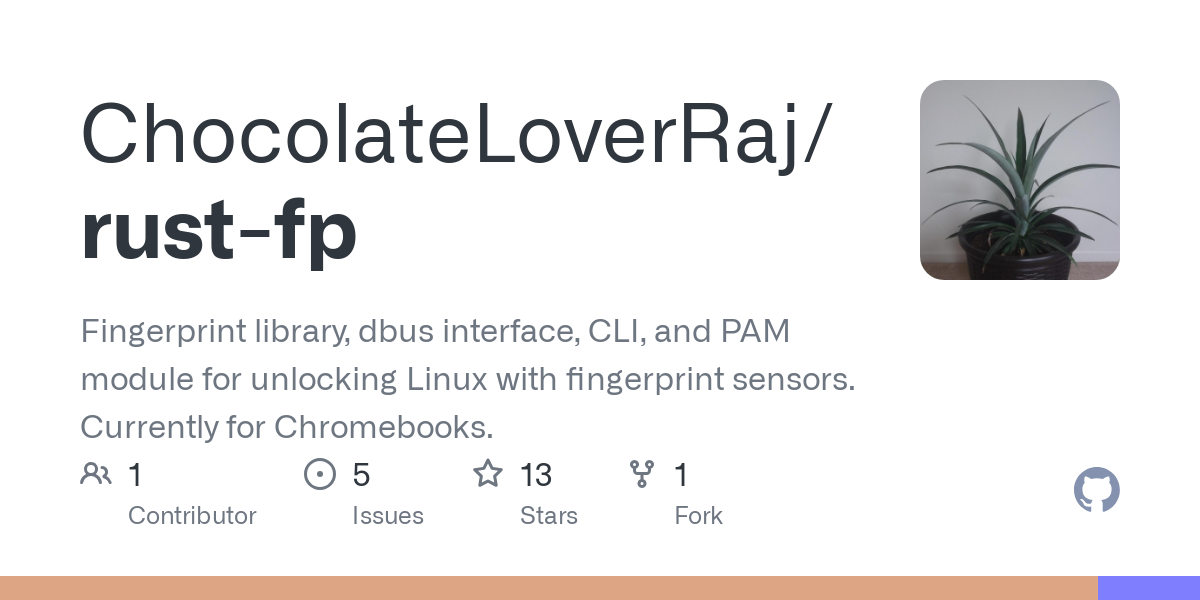
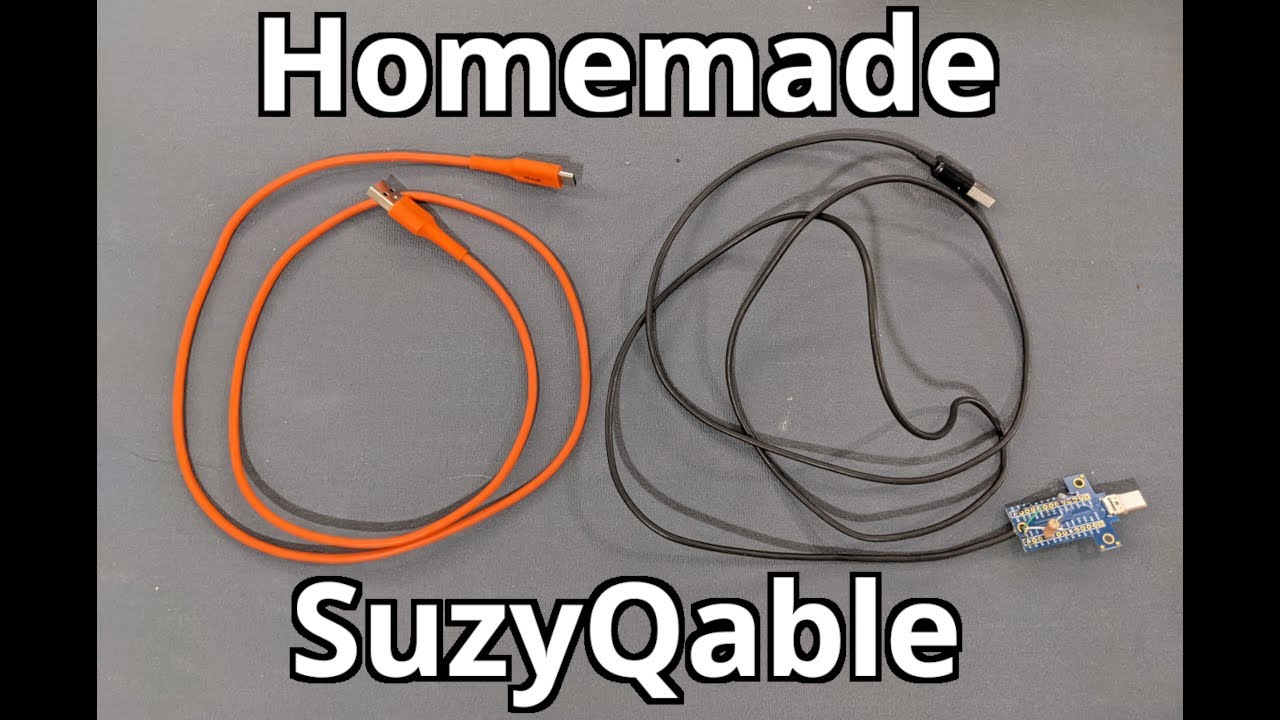
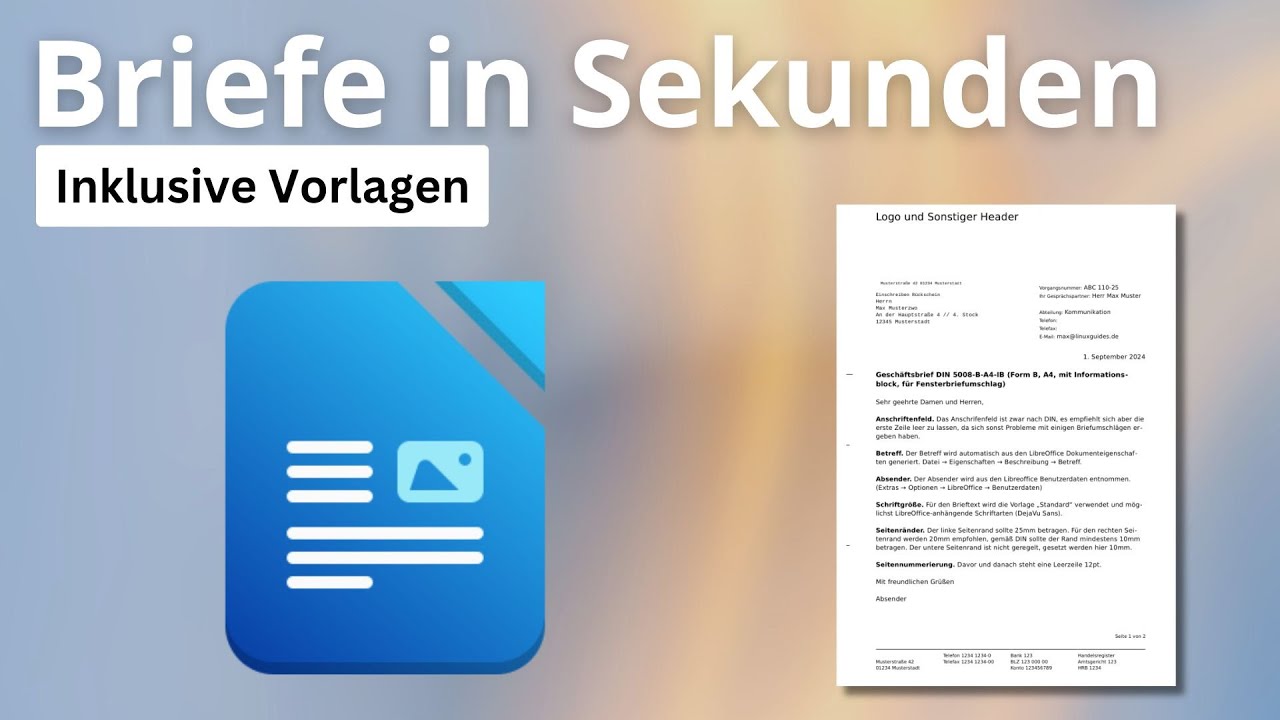
Well SteamOS doesnt use the Steam Flatpak. Otherwise that would be kinda fun.
They also do their own versioning of Arch packages